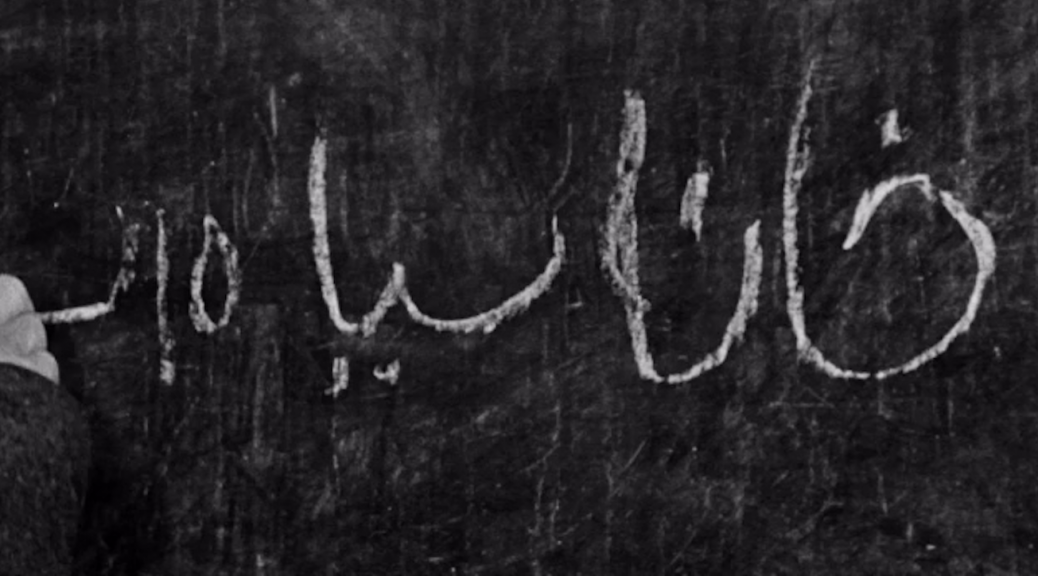ON BODIES: ‘THE HOUSE IS BLACK’ AND THE POLITICS OF CORPOREAL REPRESENTATION(S)
It should come as no surprise that Forough’s one and only film as a director (she was the editor of Golestan’s striking documentary A Fire in 1961 and had a cameo in his monumental 1965 narrative feature debut, The Brick and the Mirror) is largely about bodies, flesh, and their corruption. The leprous’ body is corrupted, rendering it an outcast from society. She is quarantined in a leper colony with those who share her plight. The film represents the bodies of its subjects with close-ups of hands praying, playing, combing, or caressing; of feet walking, dancing, or running; and of mouths talking, kissing, singing, or smiling. Some of the images are recurring; some we only see once. Some are used for mildly comedic effects, like that of the children teasing their classmates, while some have more somber undertones, like the woman who is putting makeup on her eyes—eyes that are starting to resemble empty holes in her head. Some show the affected engaging in familiar activities, like the children playing with the ball, while others show them in more passive, pedestrian moments like the old man walking back and forth by a wall. Some of the leprous seem to be happy, some sad; some are praying, some dancing; some are playing, some fighting. The film represents their bodies by capturing them not as vile, or as fantastic spectacles, sights or freaks, nor by mythicizing or revering them. Rather, it captures them by showing them in their material surroundings—partaking in their activities, in moments of mundane boredom or joy, in a classroom or a wedding ceremony. In other words, the bodies are personalized when shown in an array of activities (or lack thereof), in the context of the concrete material conditions of the leper colony.
Read the full text here.
